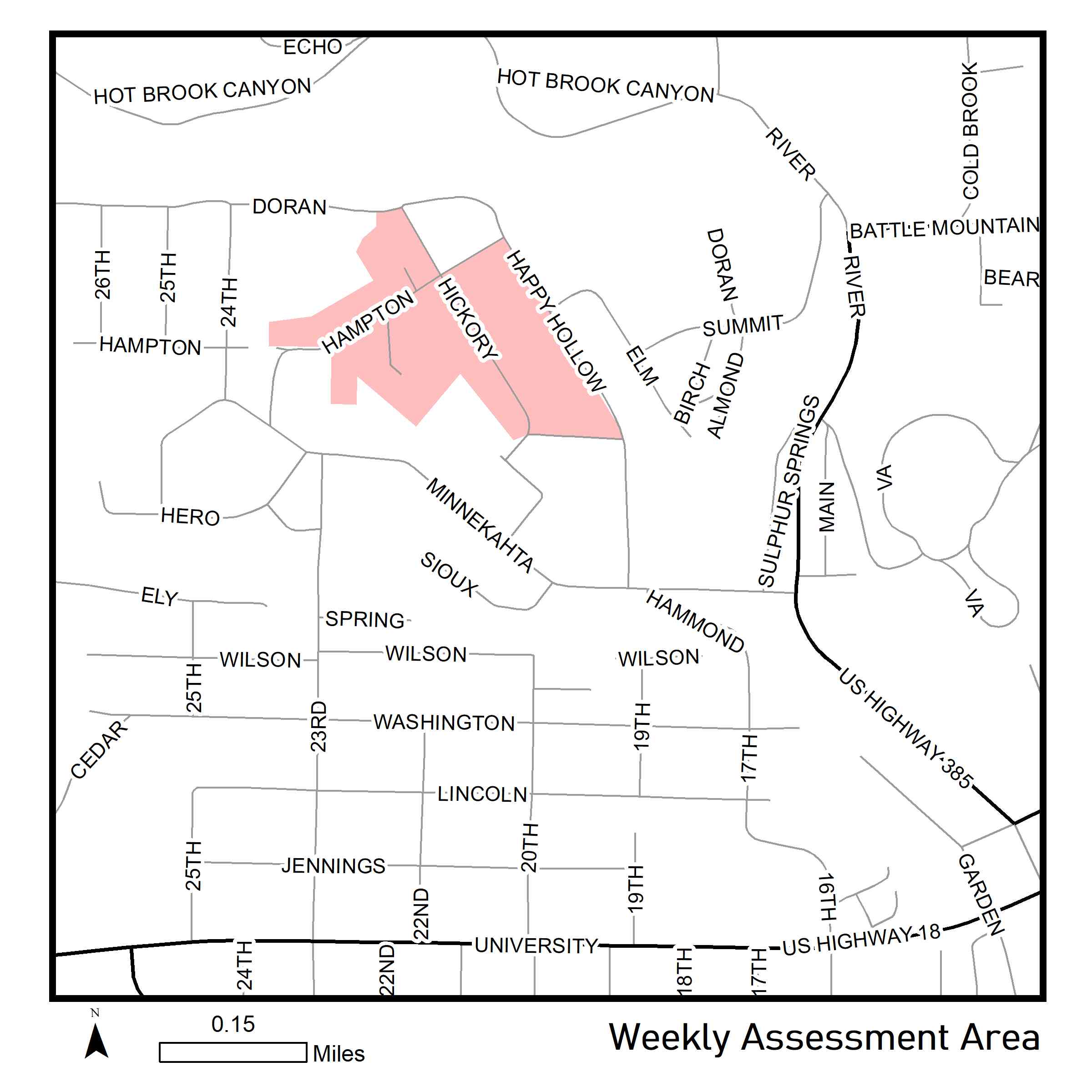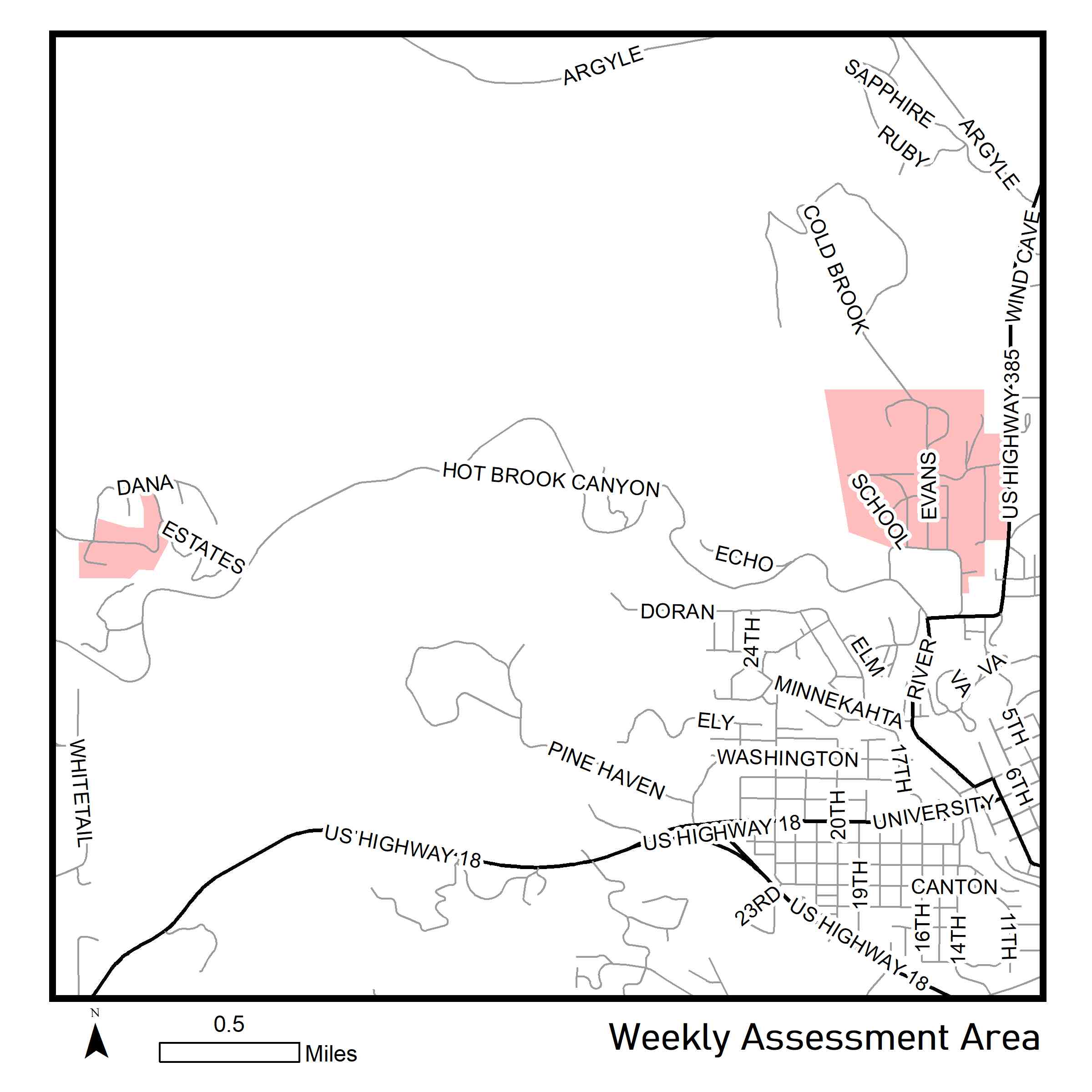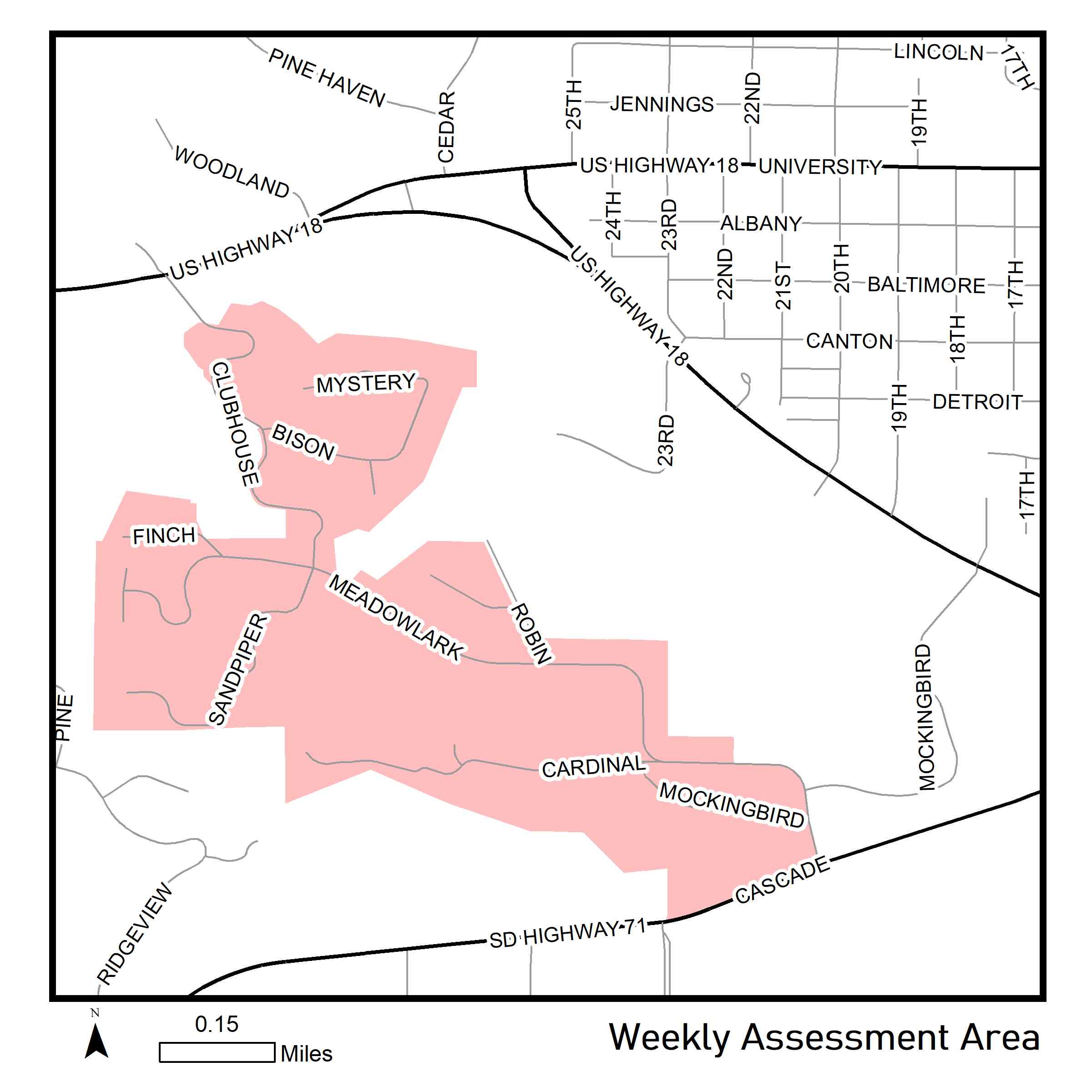Greeter / Health Verifier: Fall River County is accepting applications for a part-time, temporary Greeter. This job entails greeting people at the front door of the courthouse, providing health checks (questionnaire and forehead temperature) for those entering the courthouse. $11.00/hour. Monday to Friday, there will be two shifts available: 7:30am – 12:30pm and 12:30pm – 5:00pm. Applicants must be 18 years old. Applications can be dropped off at the Auditor’s office (906 N River St, Hot Springs) or mailed to:
Fall River County Auditor
906 N River St
Hot Springs, SD 57747
Application available on employment page
For more information or for questions call the auditor at 605-745-5130 or email [email protected]




